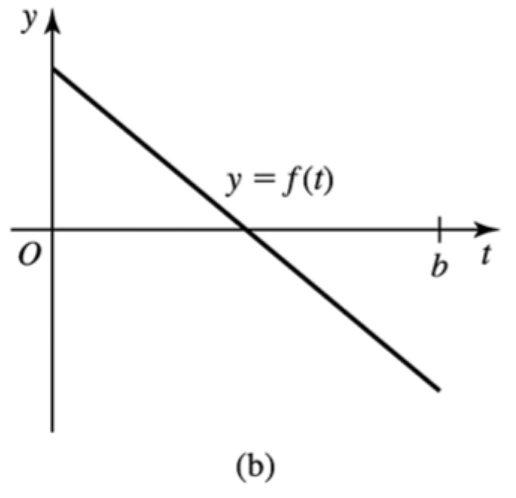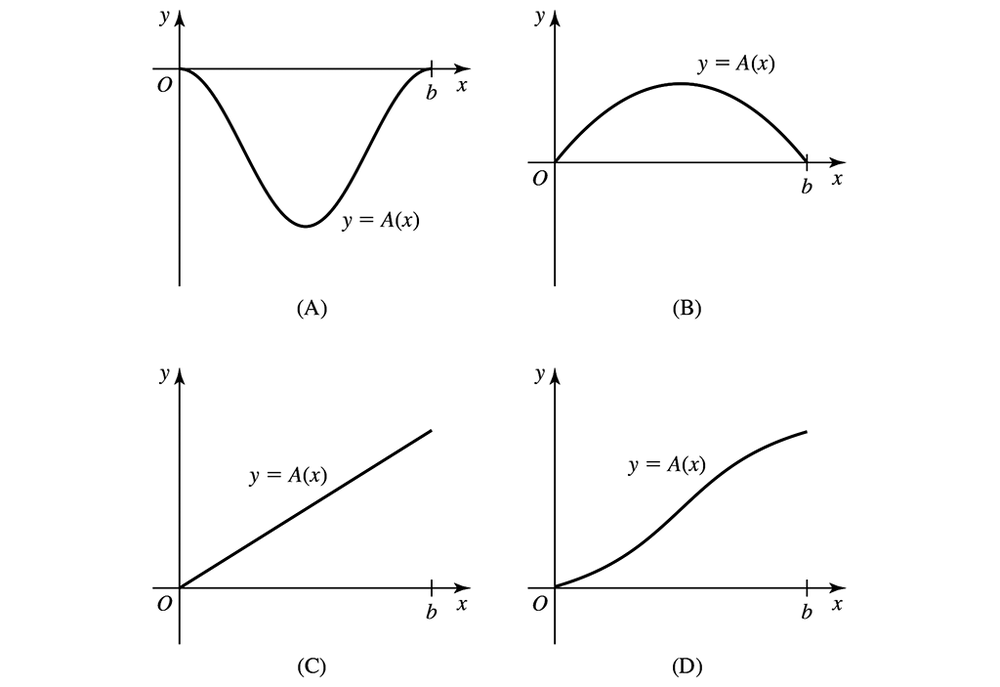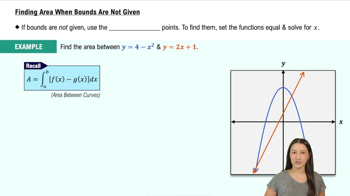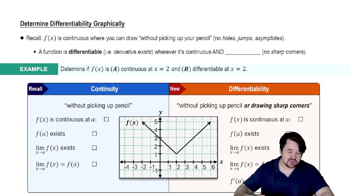Explain why or why not Determine whether the following statements are true and give an explanation or counterexample. Assume ƒ and ƒ' are continuous functions for all real numbers.
(c) ∫ₐᵇ ƒ'(𝓍) d𝓍 = ƒ(b) ―ƒ(a) .


 Verified step by step guidance
Verified step by step guidance Verified video answer for a similar problem:
Verified video answer for a similar problem:



 6:11m
6:11mMaster Fundamental Theorem of Calculus Part 1 with a bite sized video explanation from Patrick
Start learning